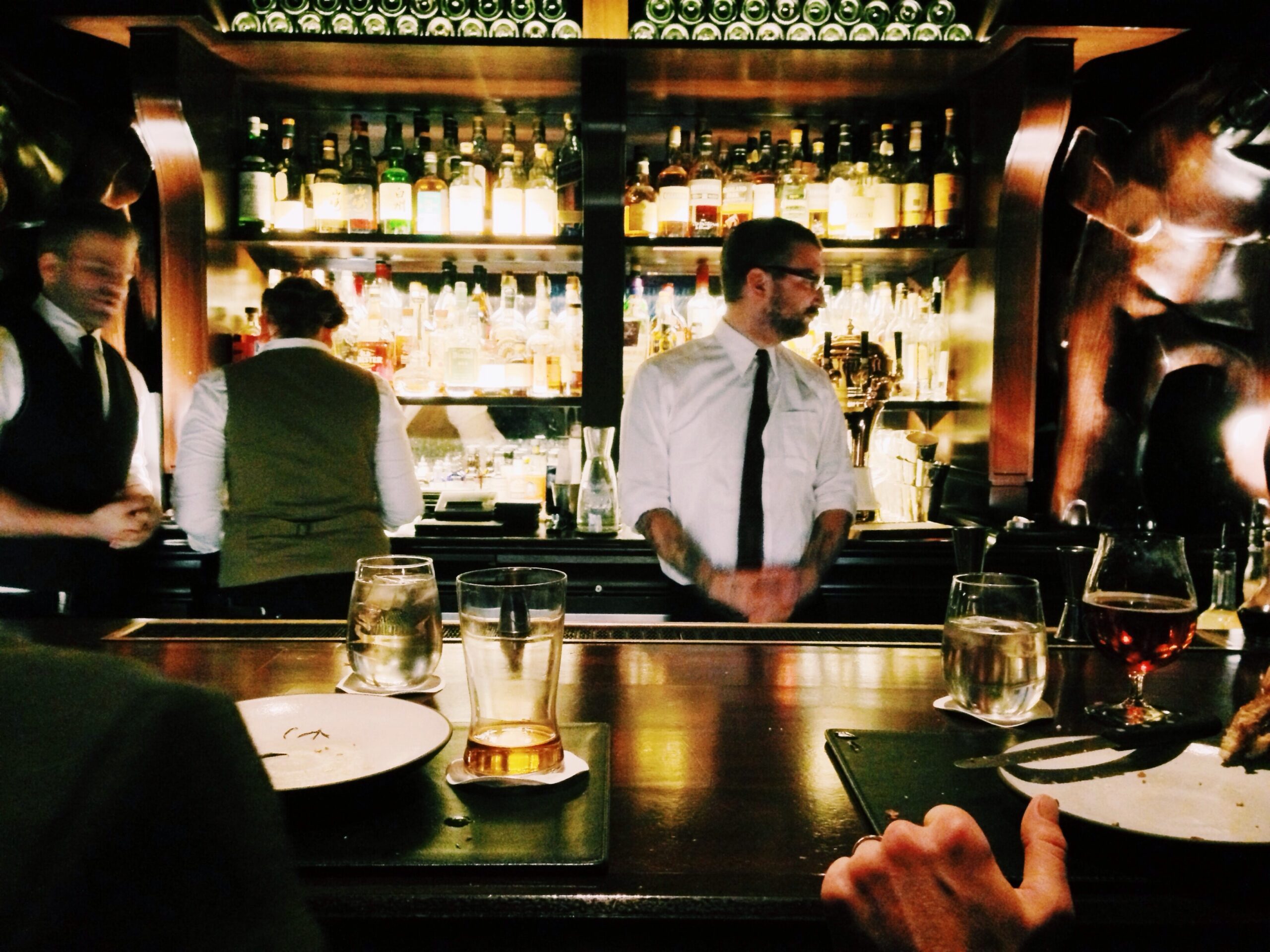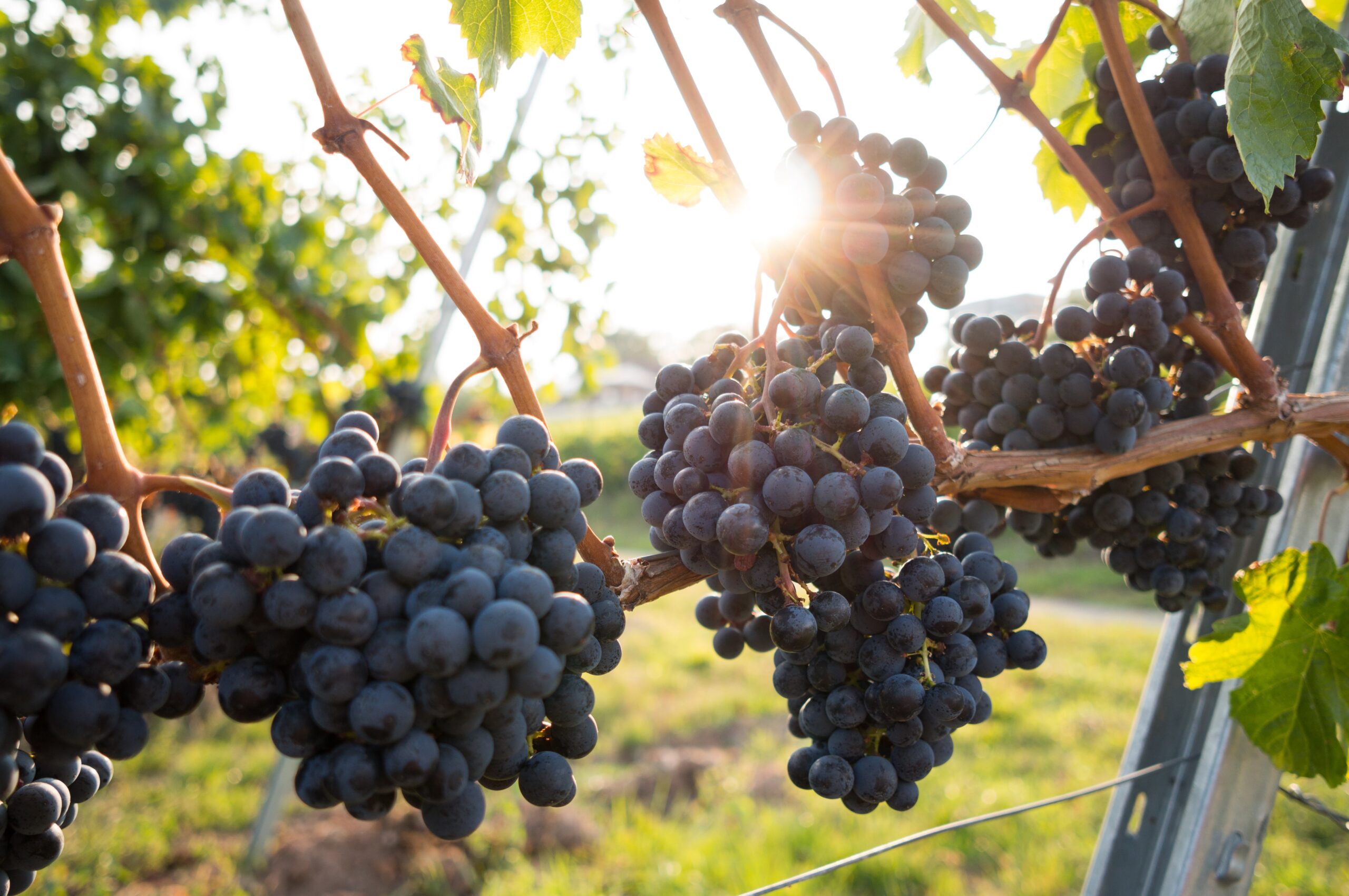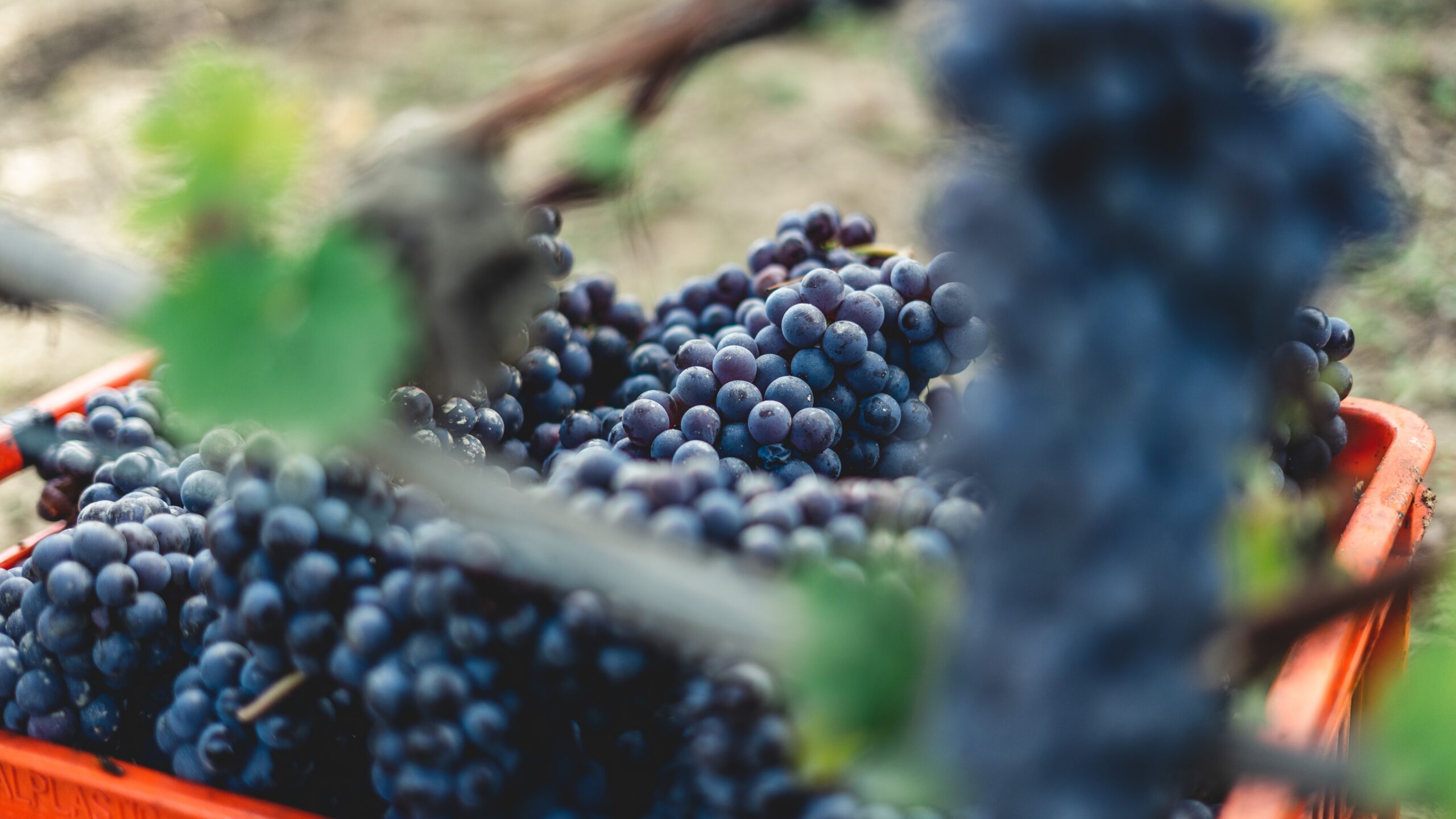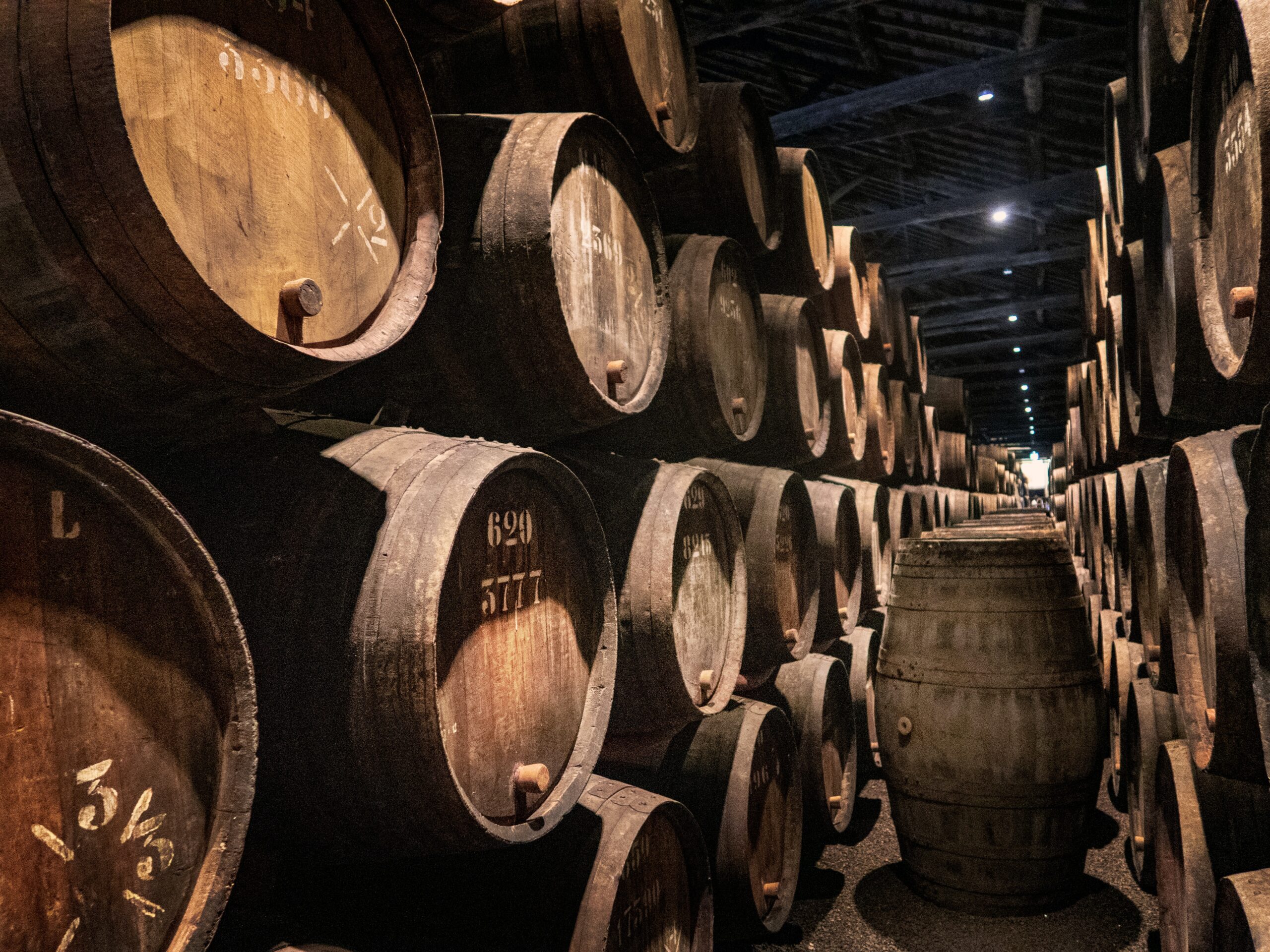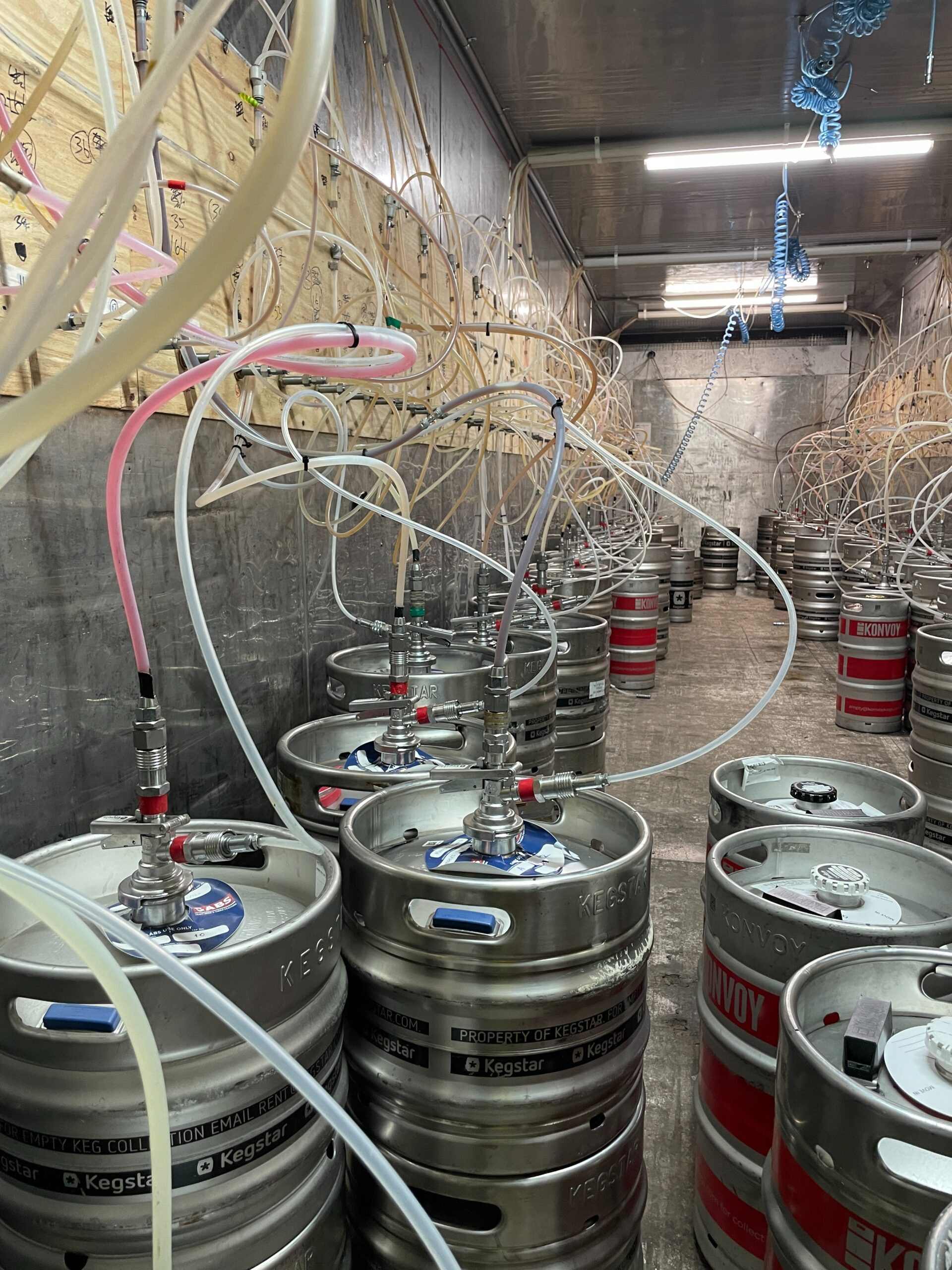Introduction
From the tantalizing aromas that waft from a freshly uncorked bottle to the intricate science behind each sip, wine is a universe unto itself, where art meets chemistry in a symphony of flavors and fragrances.
Wine has been a beloved beverage for millennia, cherished for its complex flavors and ability to enhance the dining experience. While many enjoy sipping a glass of wine, few are aware of the intricate science behind its creation.
Wine chemistry, the study of the chemical processes involved in winemaking, is a captivating field that combines art and science. In this article, you will delve into the world of wine chemistry to gain a deeper appreciation for the vintner’s craft.
The Grapevine’s Gift: The Chemistry of Grapes
At the heart of wine chemistry lies the grape. Grapes are unique fruits that possess a delicate balance of sugars, acids, and phenolic compounds. These compounds, including anthocyanins and tannins, are responsible for the color, taste, and mouthfeel of wine. The ripeness of grapes at the time of harvest significantly influences the final product, as it determines the sugar content, acidity, and flavor profile of the wine.
The composition of grapes is a crucial factor in winemaking, as it directly influences the flavor, aroma, acidity, and overall quality of the wine produced.
Here’s an overview of the key components found in grapes:
Water
Grapes are primarily composed of water, typically accounting for about 70% to 80% of their weight. Water content can vary depending on grape variety, climate, and growing conditions.
Sugars
Sugars, predominantly glucose and fructose, are the primary sources of fermentable sugars in grapes. These sugars are essential for yeast during fermentation to produce alcohol and carbon dioxide, transforming grape juice into wine.
Organic Acids
Tartaric Acid. The most common organic acid found in grapes is tartaric acid. It contributes to the tartness and acidity of grape juice and wine.
Malic Acid. Malic acid is another significant organic acid in grapes. It is often associated with the tartness of green apples and can be metabolized by certain bacteria during malolactic fermentation, which softens wine acidity.
Citric Acid. While present in smaller quantities, citric acid also contributes to the overall acidity of grapes and wine.
Phenolic Compounds
Tannins. Tannins are polyphenolic compounds found in grape skins, seeds, and stems. They contribute to the astringency and structure of red wines, as well as their aging potential.
Anthocyanins. These pigments are responsible for the red, blue, and purple colors in red grape varieties. They are primarily located in the skin of red grapes and play a crucial role in wine color.
Flavonoids. Flavonoids are a group of phenolic compounds that include catechins and quercetin. They contribute to the flavor and aroma complexity of wines.
Aromatic Compounds
Terpenes. Terpenes are fragrant substances that contribute to the flowery and fruity fragrances found in several grape types, including Gewürztraminer and Muscat.
Pyrazines. Pyrazines are responsible for herbaceous and green bell pepper-like aromas in some grape varieties, like Cabernet Sauvignon and Sauvignon Blanc.
Thiols. Thiols are sulfur-containing compounds that contribute to tropical fruit aromas in some white grape varieties, including Sauvignon Blanc.
Minerals and Trace Elements. Grapes also contain various minerals and trace elements, which can influence the overall flavor and nutrient content of the juice.
pH Level
The pH level of grapes, which is influenced by the organic acids present, is a critical factor in winemaking. Proper pH levels are essential for fermentation and the stability of the resulting wine.
PolyolsX
Polyols, such as glycerol, are naturally occurring compounds in grapes that contribute to the viscosity and mouthfeel of wine.
Amino Acids
Amino acids are the building blocks of proteins and can influence yeast metabolism during fermentation.
The specific composition of grapes can vary significantly depending on grape variety, climate, soil, and vineyard practices. Winemakers carefully consider these factors when selecting grapes for winemaking and managing the winemaking process to achieve the desired flavor profile and quality of the wine.
Fermentation Magic
Once grapes are harvested, the winemaking process begins with fermentation. This transformative step is driven by yeast, which converts grape sugars into alcohol and carbon dioxide. Yeast serves as a catalyst in the interesting ballet of chemical events that make up fermentation. As yeast consumes sugars, it produces ethanol, heat, and various aroma compounds, shaping the wine’s character.
The fermentation process in winemaking is a crucial step where grape juice is transformed into wine. It is a complex biochemical process driven by yeast, primarily Saccharomyces cerevisiae, and involves the conversion of sugars into alcohol and carbon dioxide.
Here is a summary of how wine is made using the fermentation process:
1. Harvesting and Crushing
The process begins with the harvesting of ripe grapes. Grapes are carefully selected based on their variety, ripeness, and quality. After harvesting, they are typically crushed to release the juice and pulp, creating what is known as “must.”
2. Pre-Fermentation Additions
Depending on the grape variety and desired style of wine, winemakers may make several pre-fermentation additions. These can include sulfur dioxide (SO2) to inhibit wild yeast and bacteria, as well as nutrients such as yeast nutrients, enzymes, and possibly sugar adjustments to achieve the desired sugar levels.
3. Inoculation
In most winemaking practices, a selected strain of Saccharomyces cerevisiae yeast is added to the must to initiate fermentation. This controlled fermentation ensures consistent results and helps prevent undesirable microbial contamination.
4. Primary Fermentation
Conversion of Sugars. The yeast consumes the sugars in the must (primarily glucose and fructose) and converts them into alcohol (ethanol) and carbon dioxide through a series of enzymatic reactions. The chemical equation for this process is C6H12O6 (sugar) → 2C2H5OH (ethanol) + 2CO2 (carbon dioxide).
Temperature Control. It’s important to keep the fermentation at the proper temperature. Different yeast strains thrive at different temperatures, and controlling the temperature can influence the flavor and aroma profile of the wine.
5. Release of Heat and Gas
Fermentation is an exothermic process, meaning it generates heat. Winemakers must manage this heat by regulating the fermentation vessel’s temperature or using cooling systems. Simultaneously, carbon dioxide gas is released, which can cause the must to bubble and foam.
6. Fermentation Monitoring
Throughout the primary fermentation, winemakers monitor the progress of the process by measuring factors like sugar levels, temperature, and the density of the liquid (specific gravity). As the sugar levels decrease, the density decreases, indicating the conversion of sugars into alcohol.
7. Malolactic Fermentation
Some wines, especially red wines and certain whites, undergo malolactic fermentation (MLF), a bacterial fermentation process. In MLF, malic acid is converted into lactic acid, resulting in a smoother, less acidic wine. MLF can be spontaneous or induced through the addition of specific bacteria.
8. Post-Fermentation Adjustments
After primary fermentation is complete, winemakers may make adjustments to the wine’s composition. This can include adjusting the acidity, sweetness, and alcohol levels as needed.
9. Racking and Aging
The wine is often racked, which involves transferring it from one vessel to another to separate it from solids and sediment. It is then aged in various containers, including oak barrels or stainless steel tanks, depending on the desired style.
10. Bottling
After aging, the wine is typically filtered, stabilized, and then bottled. Some wines may undergo additional aging in bottles, either for a short period or many years, depending on the wine’s style.
The fermentation process is a critical step in winemaking, and its management is key to producing wines with the desired flavor, aroma, and structure. Winemakers carefully control various factors during fermentation to achieve the specific characteristics they want in the finished wine.
The Influence of Oak
Many wines spend time aging in oak barrels, a practice that imparts unique flavors and aromas. Oak chemistry is vital to understanding this aspect of winemaking. The wood interacts with the wine through a process called micro-oxygenation. During this process, small amounts of oxygen enter the barrel, softening the wine and contributing to its complex flavor profile. Additionally, oak contains compounds like vanillin and lactone, which give wines notes of vanilla, spice, and coconut.
Aging in oak barrels is a crucial aspect of winemaking that can significantly influence the flavor, aroma, and overall character of wine. Here’s an overview of the process of aging wine in oak and its impact:
The Aging Process in Oak Barrels
Selection of Oak
Winemakers choose oak barrels made from different types of oak trees, with French oak (Quercus robur and Quercus petraea) and American oak (Quercus alba) being the most commonly used. Each type of oak imparts distinct flavors and characteristics to the wine.
Barrel Preparation
New oak barrels are often used for aging to maximize the extraction of oak flavors. The interior of the barrel may be toasted or charred, a process that caramelizes the wood sugars and enhances flavor extraction.
Filling the Barrels
After fermentation and initial clarification, the wine is transferred into oak barrels. The size of the barrel (typically 225 liters or 59 gallons for Bordeaux-style barrels) and the duration of aging can vary depending on the winemaker’s goals.
Aging Duration
The duration of oak aging varies widely, from a few months to several years. Shorter aging periods tend to impart subtler oak flavors, while longer aging periods can lead to more pronounced oak influence.
Impact of Oak Aging on Wine
Flavor and Aroma
Oak aging can introduce a range of flavors and aromas to the wine, including vanilla, caramel, coconut, spice, and toast. These compounds are derived from the oak itself and are released into the wine over time. The specific flavors depend on the type of oak and the level of toasting or charring.
Tannin Structure
Oak aging can contribute to the wine’s tannin structure, making it smoother and more balanced. Tannins from the wood interact with the wine, leading to a softer mouthfeel and reduced astringency, particularly in red wines.
Micro-Oxygenation
Oak barrels are semi-permeable, allowing small amounts of oxygen to enter the wine. This controlled exposure to oxygen, known as micro-oxygenation, can help stabilize the wine, enhance its texture, and promote the development of desirable flavors.
Complexity and Integration
Oak aging adds complexity to wine, allowing it to evolve and integrate various flavor components over time. This results in a more harmonious and layered wine.
Aging Potential
Properly oak-aged wines often have greater aging potential due to the structural and oxidative changes that occur during the aging process. They can develop secondary and tertiary aromas and flavors as they mature in the bottle.
Varietal Expression
The impact of oak aging can vary depending on the grape variety, making it a tool for winemakers to emphasize or complement specific varietal characteristics.
Balancing Act. Winemakers must strike a balance when using oak, as excessive oak influence can overpower the wine’s natural characteristics. The choice of oak type, the level of toasting, and the duration of aging are all critical factors in achieving the desired balance.
Aging wine in oak barrels is a time-honored tradition that allows winemakers to craft wines with a wide range of flavors, aromas, and textures. The art and science of oak aging play a pivotal role in shaping the unique character of each wine.
pH and Acidity: Balancing Act
The acidity of wine plays a crucial role in its overall taste and aging potential. Wine chemistry involves the measurement of pH and the management of acidity to achieve a harmonious balance. Winemakers often adjust acidity by adding tartaric, malic, or citric acid, depending on the desired style of the wine. Proper pH and acidity levels are essential for preserving wine quality and stability.
pH and acidity are fundamental chemical parameters in winemaking that play a crucial role in determining the taste, stability, and overall quality of wine. Understanding pH and acidity is essential for winemakers to produce wines with the desired characteristics. Here’s an overview of pH and acidity in the context of winemaking:
pH (Potential of Hydrogen)
pH is a measure of the acidity or alkalinity of a solution, including wine. It quantifies the concentration of hydrogen ions (H+) in the solution. The pH scale ranges from 0 to 14, with 7 being neutral, values below 7 indicating acidity, and values above 7 indicating alkalinity (basicity).
Importance in Winemaking
Acid-Base Balance. pH affects the overall acid-base balance of wine. A lower pH (more acidic) contributes to the wine’s freshness and liveliness, while a higher pH (less acidic) can make wine taste flatter and less vibrant.
Microbial Stability. Lower pH levels can inhibit the growth of harmful microorganisms (e.g., spoilage bacteria) and help preserve the wine.
Chemical Reactions. pH influences various chemical reactions in wine, including enzymatic reactions and the stability of certain compounds.
Measurement. pH is measured using a pH meter or pH indicator strips specifically designed for wine. Winemakers regularly monitor pH levels during winemaking.
Acidity
Acidity in wine refers to the presence of organic acids, primarily tartaric, malic, and citric acids. These acids contribute to the sour or tart taste of wine.
Importance in Winemaking
Flavor and Balance. Acidity is a crucial component of wine’s flavor profile, contributing to its crispness and balance. It counteracts sweetness and adds freshness.
Microbial Stability. Acidity helps prevent spoilage by inhibiting the growth of undesirable microorganisms.
Aging Potential. Wines with sufficient acidity tend to have better aging potential because acidity can act as a preservative.
Measurement. Acidity is typically measured using titration techniques, such as the titratable acidity (TA) or total acidity, which measures the total acid content in grams per liter (g/L) of tartaric acid equivalent.
Winemaking Considerations
Adjusting Acidity
Winemakers can adjust acidity by adding or removing acids to achieve the desired balance. Common methods include adding tartaric, malic, or citric acid to increase acidity or conducting malolactic fermentation (MLF) to reduce malic acid.
pH and Fermentation
Proper pH levels are essential during fermentation to ensure a healthy and efficient yeast fermentation process. High pH can lead to sluggish fermentation and potential off-flavors.
Taste Balance
The balance between acidity and other components like sugar and tannins is critical in determining the wine’s overall taste profile. Winemakers aim to achieve the right balance to create a harmonious and enjoyable wine.
Grape Ripeness
The acidity of grapes at the time of harvest is a crucial consideration. Underripe grapes may have high acidity, which can be desirable in certain wine styles, while overripe grapes may have lower acidity, requiring adjustments.
pH and acidity are essential parameters that impact the taste, stability, and winemaking process. Winemakers carefully manage these factors to produce wines that align with the desired style and quality standards.
The Colorful Chemistry of Wine
One of the most visually captivating aspects of wine is its color spectrum. The color of wine can range from pale straw in whites to deep reds in red wines. The color compounds in wine, known as anthocyanins and polyphenols, are highly susceptible to changes caused by factors such as oxygen exposure and aging. Understanding the chemistry behind color can help winemakers produce wines that maintain their vibrancy over time.
The color of wine is a multifaceted characteristic that provides visual cues about its age, grape variety, and winemaking process. Wine color is influenced by several factors, primarily the grape variety, winemaking techniques, and aging. Here’s an overview of how color is assessed in wine and its significance:
Components of Wine Color
- Hue. Hue refers to the primary color of the wine, such as red, white, or rosé.
- Intensity. Intensity measures the depth or concentration of color in the wine. A wine can be described as pale, medium, or deep in intensity.
- Tone. Tone assesses the lightness or darkness of the wine’s color. It can range from light to dark.
- Color Tints. Wine can exhibit various color tints or undertones, such as purple, garnet, amber, or gold, which provide additional information about its age and style.
Factors Influencing Wine Color
Grape Variety
Different grape varieties have distinct pigments that contribute to wine color. For example, red grape varieties like Cabernet Sauvignon and Merlot produce red wines, while white grape varieties like Chardonnay and Sauvignon Blanc yield white wines.
Skin Contact
Red wines are made by fermenting grape juice in contact with the grape skins, which contain pigments called anthocyanins. Longer skin contact results in deeper red color. In contrast, white wines are made by pressing grapes and separating the juice from the skins, resulting in lighter colors.
Age
The color of wine can change as it ages. Red wines typically become lighter and develop brick or garnet hues with age, while white wines may gain color intensity and develop golden or amber tones.
Winemaking Techniques
The choice of fermentation vessels (e.g., stainless steel, oak), barrel aging, and other winemaking techniques can influence color. For instance, oak aging can add color tints like amber or gold to white wines.
Significance of Wine Color
- Age. The color of a wine can provide clues about its age. Older red wines tend to be lighter in color and may exhibit orange or brick hues, while older white wines often become deeper in color and develop golden or amber tones.
- Varietal Character. Wine color can reflect the grape variety used, which helps consumers identify and understand the wine’s potential flavor profile and characteristics.
- Quality Assessment. Wine professionals use color as part of the sensory evaluation process to assess a wine’s quality and condition. Off-colors or unexpected tints may indicate wine faults or spoilage.
- Style and Taste. The color of a wine can influence expectations and perceptions of taste. Light-colored red wines may be associated with a lighter body and fruitier flavors, while deep, dark reds may suggest richness and complexity.
- Food Pairing. Wine color can also guide food pairing choices. Lighter-colored wines like whites and rosés often complement lighter dishes, while fuller-bodied reds pair well with heartier foods.
Wine color is a vital aspect of wine assessment, appreciation, and understanding. It provides valuable information about the wine’s origin, style, age, and potential flavor profile, making it an essential component of wine tasting and evaluation.
Sulfur Dioxide and Preservation
As an antioxidant and preservative, sulfur dioxide (SO2) is a typical winemaking addition. Understanding the chemistry of SO2 is crucial for winemakers to prevent spoilage and ensure wine stability. However, excessive use of SO2 can lead to undesirable compounds and off-flavors. Striking the right balance is an art that relies on an understanding of wine chemistry.
Sulfur dioxide (SO2) is a chemical compound used in winemaking as a preservative and antioxidant. It plays a crucial role in preserving the quality, freshness, and stability of wine. Here’s an overview of sulfur dioxide’s use in winemaking and its significance in preserving wine:
Functions of Sulfur Dioxide in Winemaking
Antioxidant
SO2 is a potent antioxidant that helps protect wine from oxidation. It inhibits the detrimental effects of oxygen exposure, which can lead to the development of off-flavors, loss of freshness, and browning of the wine.
Microbial Control
Sulfur dioxide acts as a microbial control agent by inhibiting the growth of undesirable microorganisms such as spoilage yeasts and bacteria. It prevents unwanted fermentation and the formation of off-odors and off-flavors.
Enzyme Inhibition
SO2 can inhibit the activity of enzymes that may cause browning and degradation of aroma compounds in wine. This is particularly important for white wines and rosés.
Preservation of Aroma Compounds
SO2 helps preserve the delicate aromatic compounds in wine, maintaining its varietal character and preventing the loss of desirable aromas.
Forms of Sulfur Dioxide
SO2 is typically added to wine in one of the following forms:
- Sulfur Dioxide Gas (SO2 Gas). This form is used primarily for sanitizing barrels, tanks, and equipment in winemaking facilities. It is also used in controlled atmospheres to protect grapes during transportation.
- Potassium Metabisulfite (K2S2O5). This is the most common form of SO2 used in winemaking. It is available as a white powder or granules. Winemakers add potassium metabisulfite to wine to provide both SO2 and a source of potassium ions.
- Sodium Metabisulfite (Na2S2O5). This form of SO2 is sometimes used, but it contains sodium ions, which can contribute to undesirable flavors in the wine. It is less common than potassium metabisulfite.
Usage and Regulation
Winemakers carefully measure and control the amount of SO2 added to wine, as excessive use can lead to undesirable compounds and off-flavors. The addition of SO2 is typically expressed in parts per million (ppm) or milligrams per liter (mg/L). The optimal level of SO2 varies depending on the wine style, pH, and other factors.
Regulations regarding SO2 usage in winemaking vary by country, and there are legal limits on the maximum allowable concentration of SO2 in wine. These limits are in place to ensure that SO2 levels are safe for consumers and do not exceed acceptable thresholds.
Labeling
Wines that contain added SO2 must indicate this on the label. Common terms used on labels include “Contains Sulfites” or “Sulfites Added.” This is important for individuals with sulfite sensitivities or allergies.
Sulfur dioxide is a valuable tool in winemaking for preserving wine quality and preventing spoilage. Winemakers carefully manage its use to strike a balance between preserving wine freshness and avoiding undesirable compounds. SO2 is an essential part of winemaking and contributes to the longevity and stability of wine on the market.
Conclusion
Wine chemistry is a multidisciplinary field that combines biology, chemistry, and sensory analysis to create the exquisite wines enjoyed around the world. By delving into the intricate science behind winemaking, you gain a deeper appreciation for the craftsmanship that goes into producing each bottle. Next time you raise a glass of wine, take a moment to savor not only its flavor but also the captivating chemistry that made it possible. Cheers to the art and science of wine!
